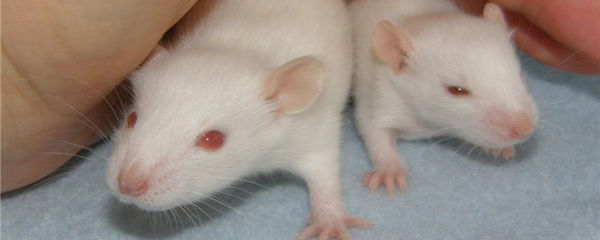What I’ve Learned:
“I’m the lysosome. I solve subcellular problems.”
Everybody has a mess that needs cleaning up, and you usually know who to call to get it taken care of. If you’re staring at the crumby remnants of your BLT, you call the waiter. If the backseat of your car is dirty, you call an auto detailer.
(Or, if the backseat of your car is really dirty, you call Harvey Keitel.)
And if your cell is getting cluttered full of junk, you call the “cleaner” of the microscopic world: the lysosome.
Lysosomes are basically emergency cleaning supplies that (almost all of) your cells keep around, just in case a mess breaks out. That makes sense. You or I might stash a can of Pledge under the sink, or cram some napkins in the glove box. (And straws. Why so many stupid straws?) If things go sideways, at least you have something on hand to do some cleaning.
Your cells are much more hardcore. Or possibly OCD. The cells’ strategy for mess management is essentially to hoard baggies filled with acid and enzymes. These “baggies”, the lysosomes, have a spicy pH of around 4.8, compared to the rest of the cell, which is typically a bland and neutral 7.2. When the cell encounters something it wants to be rid of — a virus, say, or a broken-down mitochondrion, or its mother-in-law — it dumps it into a lysosome, and lets nature take its course.
Where “nature” refers to the acid and more than fifty different kinds of destructive hydrolytic enzymes. And “take its course” means breaking the mess into its molecular components so hard, even its own mother wouldn’t recognize it.
Like I said, cells are hardcore.
Lysosomes are enclosed by the same sort of lipid membrane that covers the cell itself, and can merge together to make bigger “baggies”, as needed. Overall, lysosomes can vary in size by a factor of about ten. And when it comes to cleaning messes, they don’t discriminate; they’ll take care of anything you throw their way. Phagocytosis — the uptake of microscopic critters? Check. Endocytosis — the accumulation of external large molecules and detritus? No problem. And autophagy — fusing with a failing internal cell component to get rid of it? Clean as a lysosomal whistle.
And like most good cleaners, the only time you really notice lysosomes is when they’re not doing their job. Mutations in one of several key enzyme genes can lead to conditions called lysosomal storage diseases. Where these mutations render the lysosomal genes inactive, those enzymes can’t do their job. Certain materials can’t be broken down, and pretty soon the messes back up and clutter the whole cell. If you’ve ever seen an episode of Hoarders, you know that’s pretty bad.
And if you haven’t, then I’ve just told you it’s pretty bad. So now you know.
But mostly, lysosomes quietly do their thing in the background, like an attentive busboy at a restaurant. Or like Winston Wolfe. You may never see the lysosomes in action. But you’ll know when they’ve been there. Because everything will be so clean.



